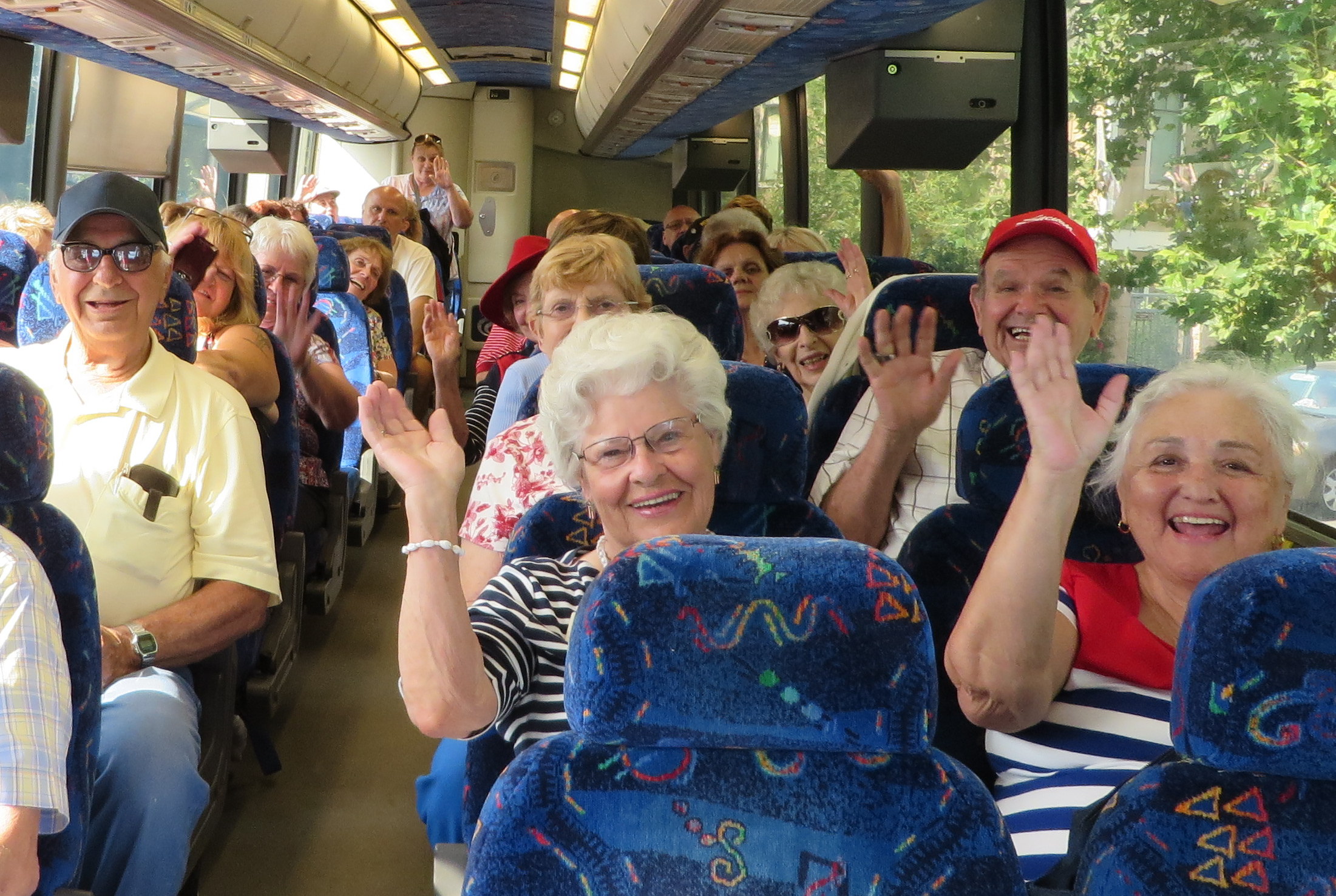Day trips for seniors offer a fantastic opportunity to explore new places, engage in enjoyable activities, and socialize, all while maintaining a comfortable pace. This guide provides comprehensive information on planning and executing memorable day trips tailored to the needs and preferences of older adults, covering everything from choosing the right activity and transportation to budgeting and ensuring safety.
From selecting accessible locations and considering various transportation options to creating personalized itineraries and packing essential items, we aim to equip seniors with the knowledge and resources to embark on safe and enriching adventures. We’ll also explore the social benefits of group trips and offer tips for finding companions and organizing group outings. The focus remains on making day trips accessible, affordable, and enjoyable for everyone.
Transportation Considerations
Planning transportation is crucial for ensuring seniors enjoy safe and comfortable day trips. Careful consideration of various factors, including cost, accessibility, and convenience, is essential for a positive experience. The following Artikels several options and their respective advantages and disadvantages.
Transportation Options for Senior Day Trips
Choosing the right transportation is paramount for a successful day trip. Several options cater to different needs and preferences, each with its own set of benefits and drawbacks.
- Public Transportation (Buses, Trains, Subways): This option offers affordability and often covers extensive routes. However, accessibility features may be limited, and navigating complex systems can be challenging for some seniors.
- Ride-Sharing Services (Uber, Lyft): These services provide door-to-door convenience and flexibility. However, costs can be higher than public transport, and surge pricing during peak hours can significantly impact the budget. Accessibility features vary depending on the driver and vehicle.
- Private Car Options (Personal Vehicle, Rental Car, Taxi): Driving a personal vehicle offers maximum control and convenience, but it requires the senior to be a capable driver. Rental cars provide flexibility but incur additional costs. Taxis offer door-to-door service but can be expensive, especially for longer distances.
Comparison of Transportation Services, Day trips for seniors
The following table compares three common transportation options based on key features:
| Transportation Method | Cost | Convenience | Accessibility |
|---|---|---|---|
| Public Bus | Low | Moderate (depending on route and frequency) | Variable; some buses have ramps and designated seating, others may not. |
| UberXL (Larger Vehicle) | High | High (door-to-door service) | Generally good; larger vehicles accommodate wheelchairs and mobility aids more easily. |
| Private Car (Personal Vehicle) | Moderate (fuel costs, maintenance) | High (complete control over schedule and route) | Dependent on vehicle modifications and the driver’s ability to assist. |
Budgeting and Cost: Day Trips For Seniors

Planning a memorable and affordable day trip for seniors requires careful budgeting. Failing to account for all expenses can lead to unexpected costs and a less enjoyable experience. A well-structured budget ensures a relaxing and fun outing without financial strain.Creating a realistic budget involves considering three primary cost categories: transportation, activities, and meals. Transportation costs can vary significantly depending on the distance, mode of transport (private car, public transport, ride-sharing service), and fuel prices.
Activity costs encompass entrance fees to attractions, guided tours, and any participation fees. Meal expenses include lunch, snacks, and beverages. By meticulously estimating these costs, seniors can plan a trip that fits comfortably within their budget.
Budgeting Examples for Senior Day Trips
To illustrate, consider a hypothetical day trip for a group of seniors in three different locations. In a rural area like the Shenandoah Valley in Virginia, a day trip might involve a scenic drive costing approximately $20 in fuel, a picnic lunch at a cost of $15 per person, and entry to a historical site for $10 per person.
For a group of four, the total cost would be approximately $140. In a suburban setting like the outskirts of Chicago, Illinois, a day trip to a local botanical garden could cost $15 per person for entry, $20 per person for lunch at a casual restaurant, and $10 for public transportation. This would amount to approximately $110 for four people.
Finally, in an urban setting like New York City, a day trip could involve a $30 subway pass per person, $25 per person for lunch at a moderately priced eatery, and a $20 entry fee to a museum. For four individuals, the total cost would be approximately $300. These examples demonstrate how location significantly impacts the overall cost of a senior day trip.
Cost-Saving Tips for Senior Day Trips
Careful planning can significantly reduce the cost of a senior day trip.
- Travel during the off-season or on weekdays: Avoiding peak tourist seasons and weekends often leads to lower prices for transportation and accommodation (if applicable).
- Pack your own lunch and snacks: This significantly reduces food costs compared to eating out at restaurants.
- Utilize free or low-cost activities: Many communities offer free events, parks, walking trails, and other attractions that don’t require expensive entry fees.
- Take advantage of senior discounts: Many attractions, transportation services, and restaurants offer discounts for seniors. Always inquire about available discounts before making a purchase.
- Consider carpooling or using public transportation: Sharing transportation costs with friends or family can significantly reduce individual expenses.
- Look for free entertainment: Explore local parks, free concerts, or community events. Many cities and towns offer free activities and entertainment.
Planning a day trip doesn’t have to be daunting for seniors. With careful consideration of accessibility, transportation, health, and budget, a fulfilling and memorable experience is within reach. By following the tips and resources Artikeld in this guide, seniors can confidently explore new horizons, reconnect with loved ones, and create lasting memories. Remember, the key is to plan ahead, prioritize safety, and choose activities that align with individual interests and capabilities.
Embrace the adventure!
Browse the implementation of best vacation spots for senior citizens in real-world situations to understand its applications.



